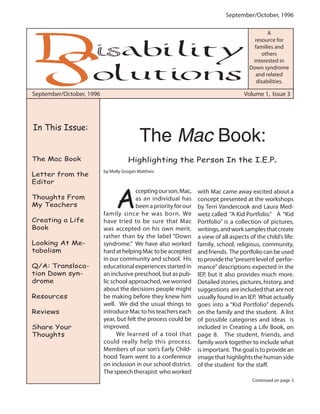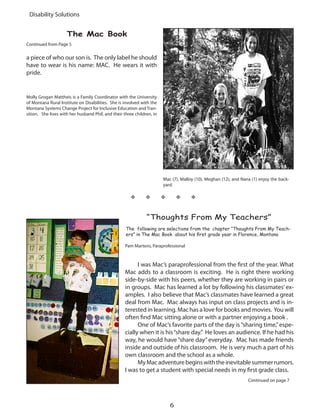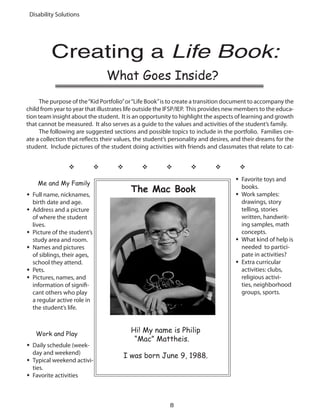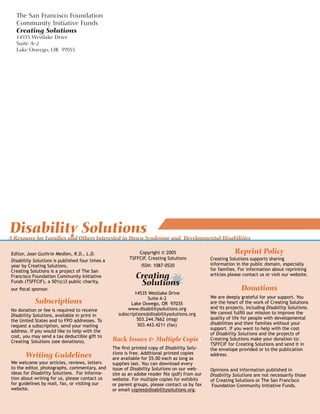1) The document describes the creation and use of "The Mac Book", a portfolio created by Molly Grogan Mattheis for her son Mac who has Down syndrome. The portfolio includes pictures, student work samples, and stories that provide insights into Mac as a person to help teachers and staff better understand him.
2) The Mac Book has proven very useful during IEP meetings and transitions between grade levels and schools to introduce Mac's teachers and aides to his personality and strengths. It helps dispel assumptions and focuses them on Mac as an individual.
3) Updates are made to The Mac Book each year with contributions from Mac's teachers about their experiences working with him. It provides valuable insights for new teachers and















